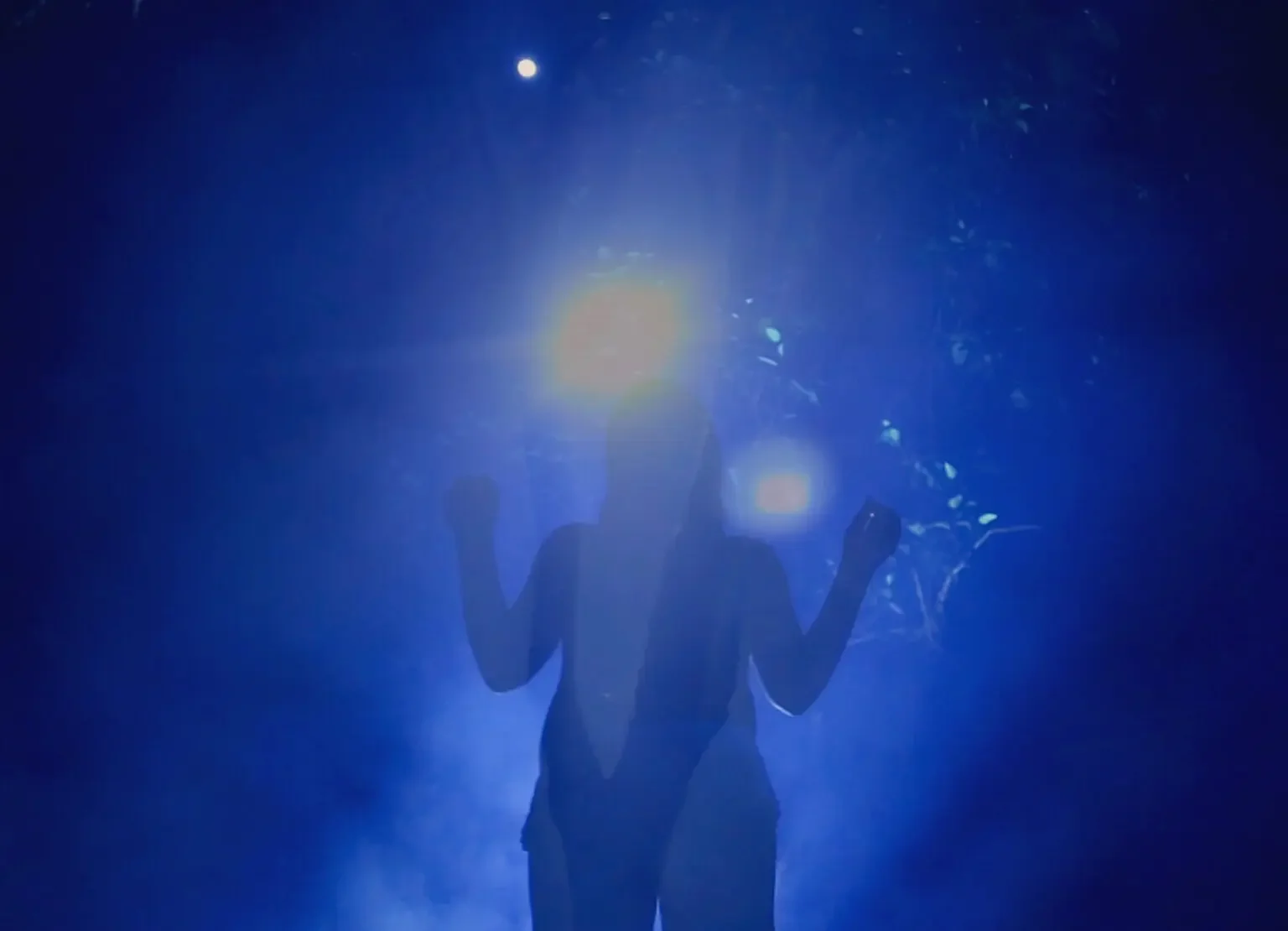Star Girl: The Kayapó Reimagine Cinema from the Amazon to the Heavens
In the dense forest near the Kayapó village of A’Ukre, a warrior clears a path with his machete. Behind him, a young filmmaker named Pat-i raises a boom microphone, listening for the sound of a wang-ynh tree — a supple sapling said to have launched a celestial bride into the sky. The scene could have been lifted from a myth, yet it was part of a film shoot: the making of Nhakpoti (Star Girl), a Kayapó-language short that would later win the Best International Short Film Prize at the Montreal First Peoples Festival.
A Myth Takes Flight
Nhakpoti tells an origin story long cherished by the Kayapó (Mêbêngôkre) people of the Brazilian Amazon. In the tale, a Kayapó youth falls in love with a radiant star who descends to Earth to become his wife. Distressed by the meager mushroom diet of her new family, she returns to the heavens on a catapult made from the wang-ynh tree, bringing back seeds that gift her in-laws agriculture — and abundance.
For filmmakers Pat-i Kayapó, anthropologist Glenn Shepard Jr., and director Paul Chilsen, the film’s challenge was to render this myth not as ethnographic documentation, but as living cinema — grounded in Kayapó aesthetics, values, and humor. Using vines, saplings, and careful camera choreography, they created the illusion of Nhakpoti’s flight without any special-effects technology. “We wanted the story to look like it could have been filmed by our ancestors,” Pat-i explained. “But also to show what we can do now.”
A’Ukrewood: A New Cinematic Tradition
The making of Nhakpoti unfolded over several years, from the first workshops in 2017 to final edits in 2023. What began as a short training exercise evolved into a transcultural collaboration between Kayapó filmmakers, U.S. and Brazilian researchers, and college students. The process included storyboarding, writing dialogue in Kayapó, casting local villagers, and filming both the mythic reenactment and a framing story in which an elder recounts Nhakpoti’s tale to his grandson — visually merging past and present.
Earlier Kayapó films tended to document rituals and protests, serving as tools of cultural preservation and political visibility. Nhakpoti marks a turning point: the emergence of Indigenous fiction cinema in the Amazon. Shepard and Pace, long-time collaborators, describe this shift as the birth of “A’Ukrewood” — a filmmaking practice rooted not in imitation of Hollywood, but in Kayapó cosmology and collective decision-making.
Lessons in Kinship and Cinema
Production was far from simple. When the male lead grew camera-shy, another actor was chosen — but his new co-star refused to speak her lines. The crew soon learned that Kayapó kinship rules forbade her from addressing that relative directly. The team adjusted, respecting cultural taboos even as it meant recasting and reshooting. “That moment taught us what it really means to make a Kayapó film,” said Chilsen. “Every frame has to honor relationships first.”
Sound recording posed another challenge. Filmmakers accustomed to documentary work had to rethink their techniques for fictional scenes, balancing the natural soundscape of the forest with the narrative rhythm of the film. Roosters, generators, and children’s laughter occasionally broke the spell — but in the end, these interruptions underscored the vitality of Kayapó village life. The team now envisions creating a remote outdoor studio to support future productions free from anachronistic noise — a cinematic space built by and for Indigenous filmmakers.
The Future of Indigenous Storytelling
More than a film, Nhakpoti stands as a declaration of creative sovereignty. It represents a next chapter in the global Indigenous media movement that began when the Kayapó first used video to document their own ceremonies in the 1980s. Today, those same communities are reshaping cinema itself — merging ancestral knowledge, environmental consciousness, and narrative experimentation.
When Nhakpoti premiered in Montreal, audiences saw more than a love story between a boy and a star. They witnessed a new constellation of voices — filmmakers transforming myth into a medium for self-representation. “We learned how outsiders make films,” Pat-i reflected after the premiere. “Now we can make our own.”
From the forests of A’Ukre to the festival screens of the world, Star Girl continues to rise — her flight a testament to how Indigenous storytelling, like the wang-ynh tree, bends but never breaks.


